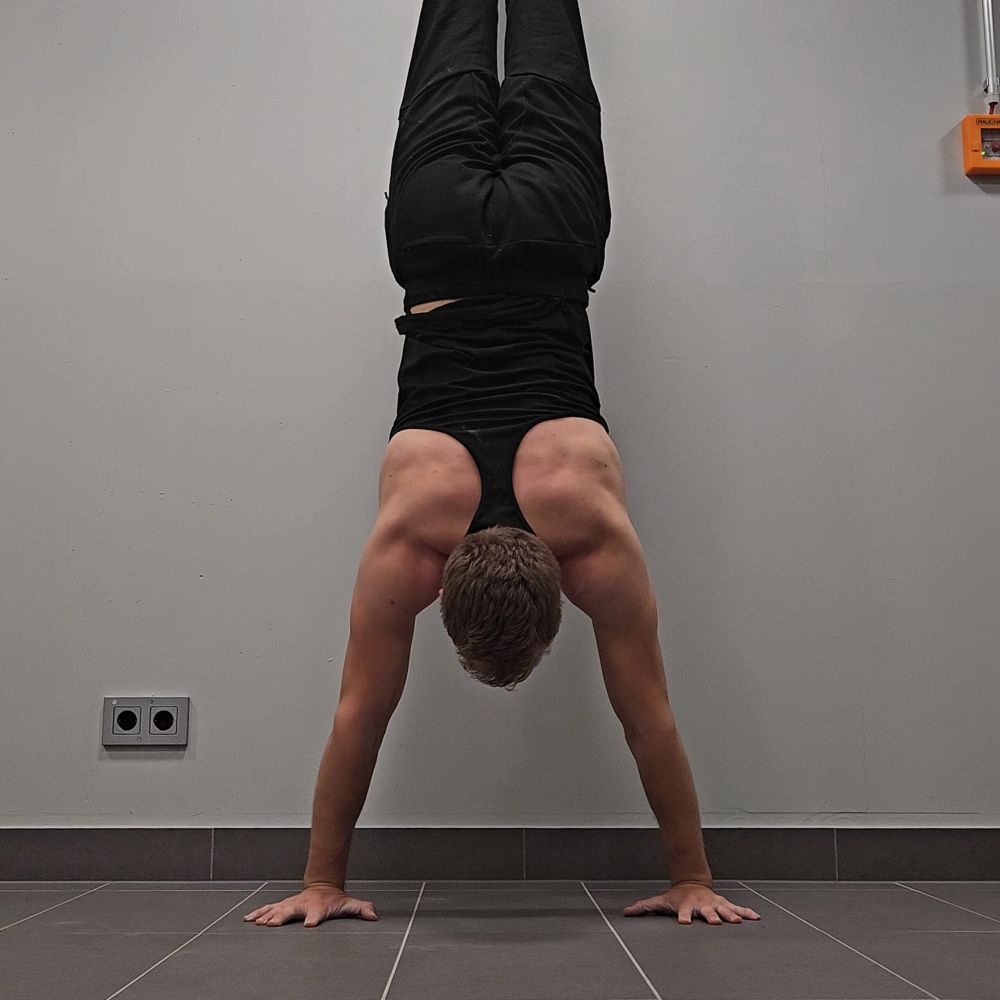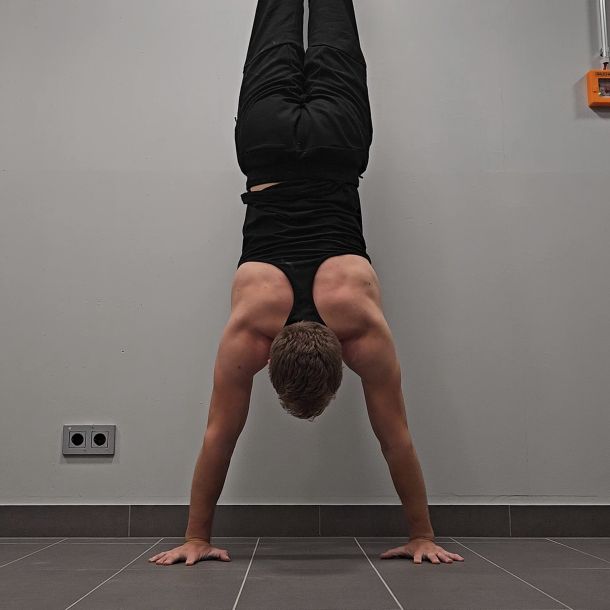
Full Body vs. Split Routine
Hey guys!! Welcome to my first Calisthenics article!
Today we’re diving into a frequently debated topic with varied opinions and feelings: FULL BODY ROUTINE vs. SPLIT ROUTINE.
Typically, bodybuilders lean towards split routines, contrasting with Calisthenics which favors full body training. In the Street Workout world, much like bodybuilding, the Split Routine system is prevalent over Calisthenics. Often, online searches for new Street Workout routines lead to programs divided across several days, focusing on individual muscle groups rather than a full-body approach.
Personally, I prefer the Full Body Routine over the Split.
But , WHY?
I believe educating your CNS (Central Nervous System) in complex motor patterns, like those in full body routines, helps you acquire high-quality skills and perfect form early in life, maintaining them as you age.
Full body routines strengthen, maintain, and enhance your body’s mobility and flexibility, assuming you continue daily stretching and foam rolling. Building a strong, flexible, and mobile body is preferable to one that’s merely large but lacks essential elements for lifelong training. When young, it’s easy to overlook future concerns for your body, bones, ligaments, tendons, and tissues post-40.
It’s crucial to focus on injury prevention for later life stages.
Neglecting to train your body for flexibility and mobility can lead to issues like osteoporosis, poor ligaments and tissues, or lower back problems (e.g., herniated disk), due to focusing solely on weight and mass gain and the stress from excessive efforts.
The next pages will detail the main differences between full body and split routines, helping you make an informed choice.
Full Body Routine
A full body routine emphasizes compound exercises involving multiple muscles simultaneously, avoiding isolation exercises typical of Split routines. This approach leads to significant gains in strength and mass. Training 2-3 times a week is usually enough to see improvements.
The increase in volume/repetitions is another benefit. Time is precious, and this training type saves a lot and allows for complementary activities on rest days.During rest days, include a 60-90 minute stretching session for flexibility, and a similar duration for foam rolling for mobility.
Steven Low’s “Overcoming Gravity: A systematic approach to gymnastics and bodyweight strength” illustrates this point: “Consider the planche exercise. In a split routine, it’s a twice-weekly pushing exercise. In a full body routine, it’s practiced thrice weekly. Over a year, that’s 50 more planche workouts with the full body routine!”
52 weeks * 2 times per week = ~100 planche workouts
52 weeks * 3 times per week = ~150 planche workouts
This math shows a 25-week, or roughly 6-month, advantage in planche training with a full body routine. Full body training increases work volume, repetitions/sets of each exercise, and promotes strength and mass growth. It also accelerates skill progression with a reduced injury and overtraining risk. A Calisthenics full body routine involves all muscles from the core to biceps, triceps, chest, lats, shoulders, traps, legs, calves, etc., following a progression to advanced skill stages.
Split Routine
Contrastingly, a split routine isolates workouts to single muscle groups. Common examples include chest/triceps, back/biceps, push/pull/legs, upper body/lower body, focusing on exercises for the same muscle group. This isn’t forbidden, but beginners or intermediates should focus on full body routines for quality work over isolated exercises.
Advanced athletes might focus on individual muscles for specific strength and quality. Many Street Workout routines mirror bodybuilding, targeting single muscle groups like back/triceps, chest/biceps, shoulders, and legs. This increases muscle mass and strength, but takes longer than full body routines.
Split routines are more common among professional/elite athletes or those rehabilitating injuries, focusing on specific muscle groups during high-intensity workouts. A split routine allows elite athletes to concentrate on single muscle groups throughout the week.
Now, with an understanding of both routines, let’s explore practical examples:
Full Body Routine: Skill Frontlever & Planche
In Calisthenics, the focus is on progressions, not just single exercises. For skills like the Front Lever and Planche, workouts include a range of exercises involving all main muscle groups. For example, the front lever progression builds strength in triceps, lats, core, and shoulders. A tuck front lever hold already involves many muscles.
Similarly, the planche progression requires shoulder, bicep, and core strength, incorporating push-up variations and planche holds on the floor, parallettes, and rings. You work on multiple muscles simultaneously, not just isolated ones.
Split Routine: Target Muscles Chest & Triceps
Here, the focus is on chest and triceps. Street Workout routines might include dips on parallettes or rings, diamond push-ups, and triceps extensions on a mid-bar. These exercises target the triceps, while for the chest, variations of push-ups on bars, parallettes, and rings are used. This routine repeatedly targets specific muscles, isolating the workload.
While this method is not incorrect and recommended for those aiming to first increase strength and size, it doesn’t adapt the body to various motor patterns, focusing on isolated muscles instead.
